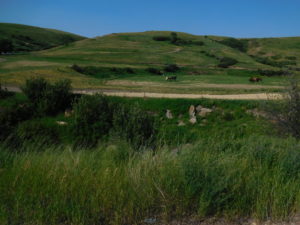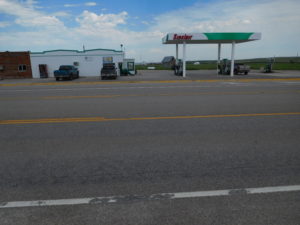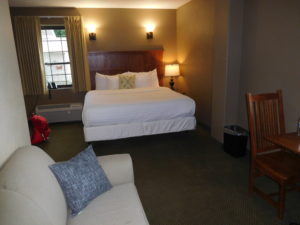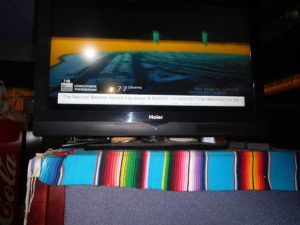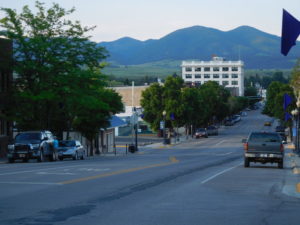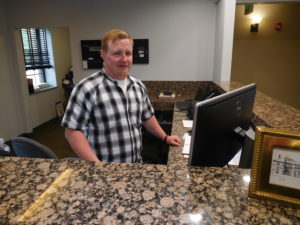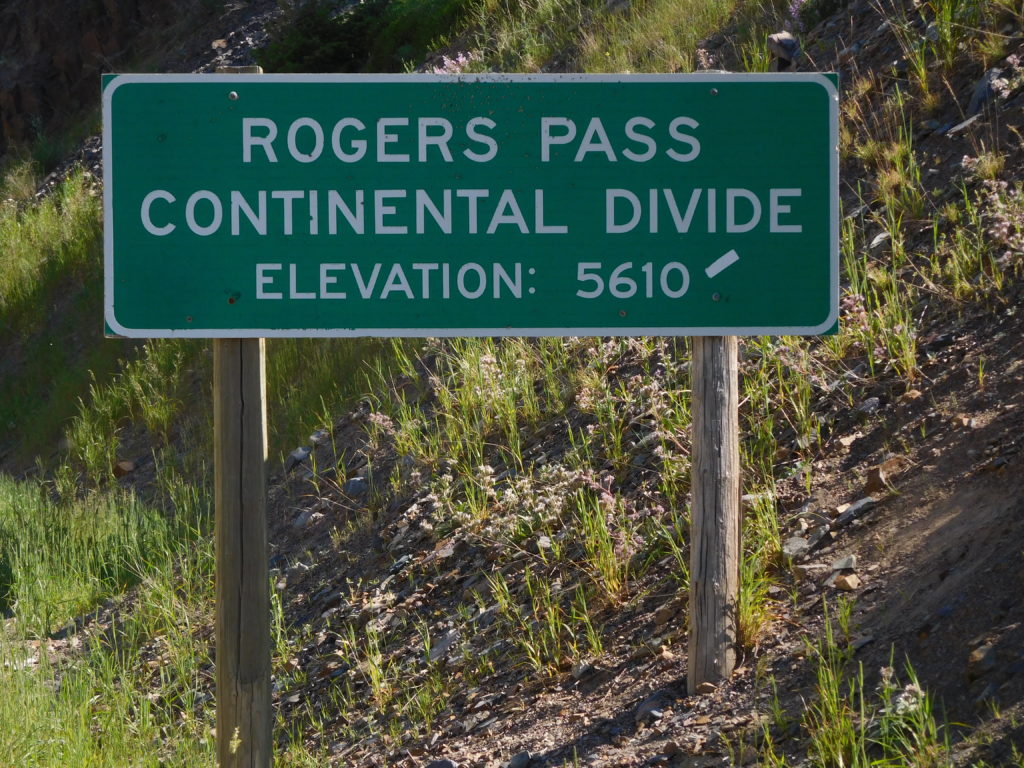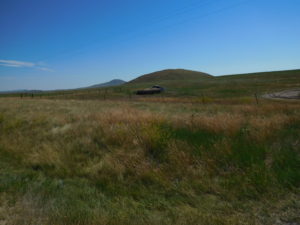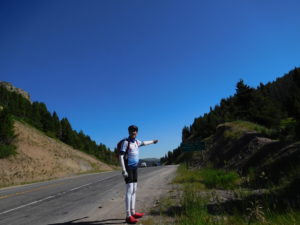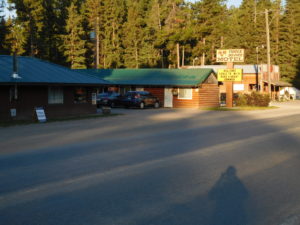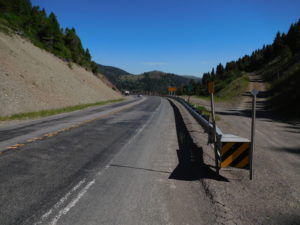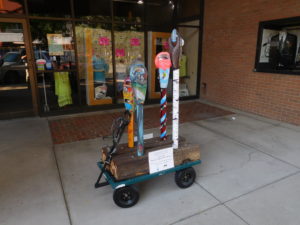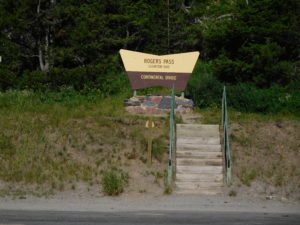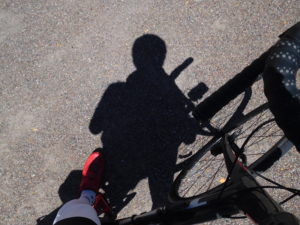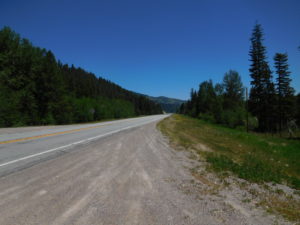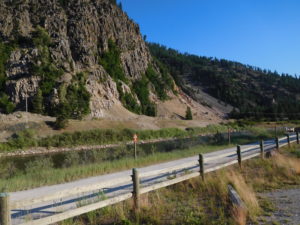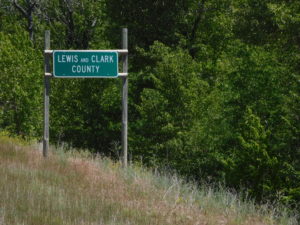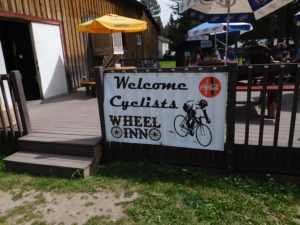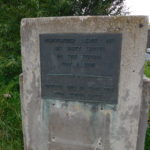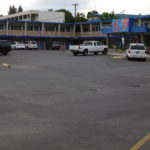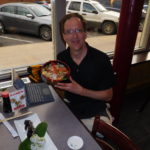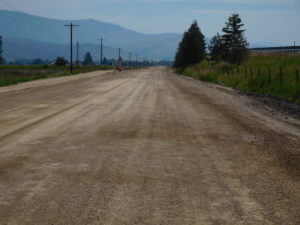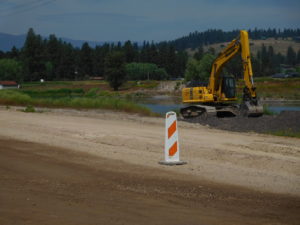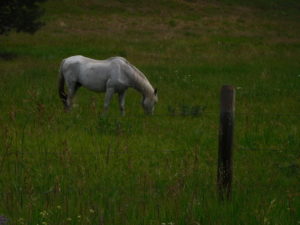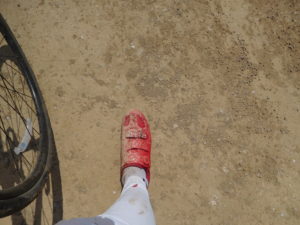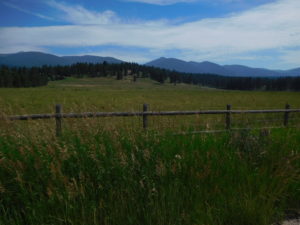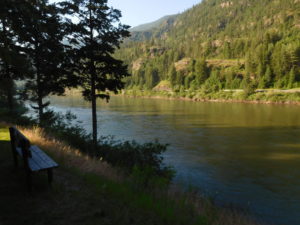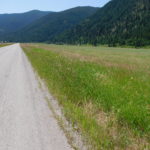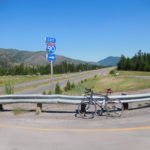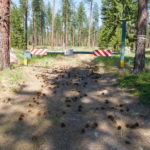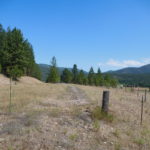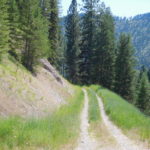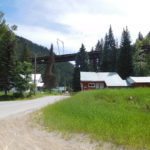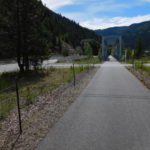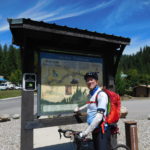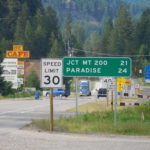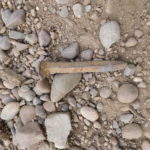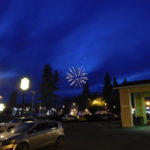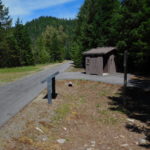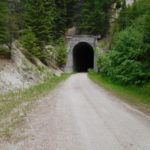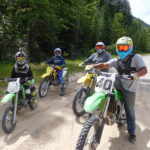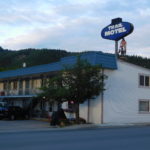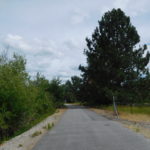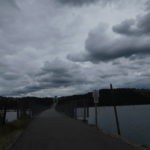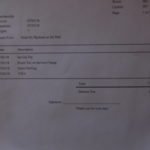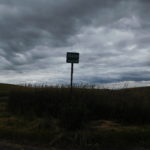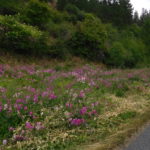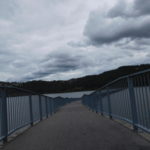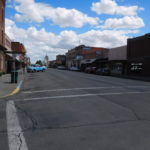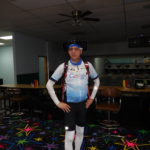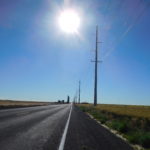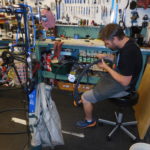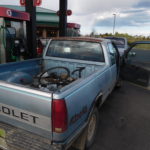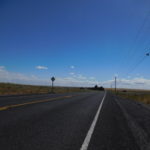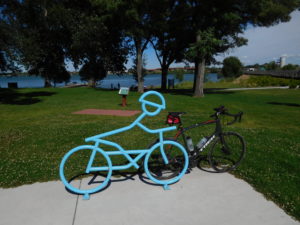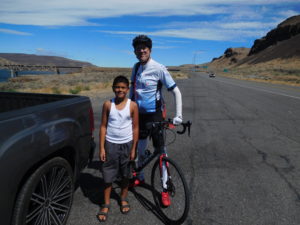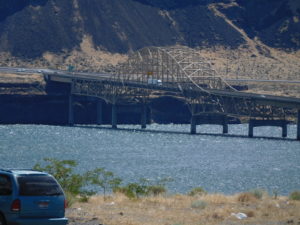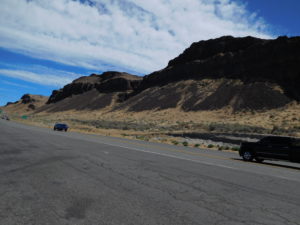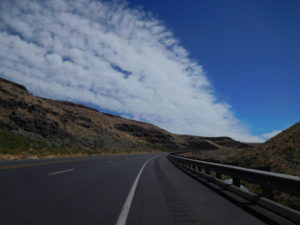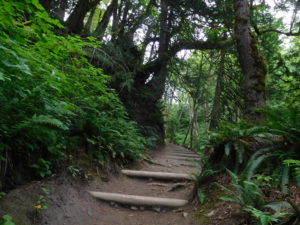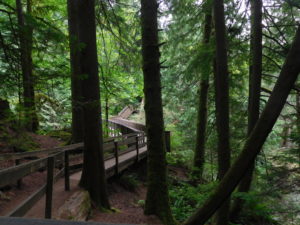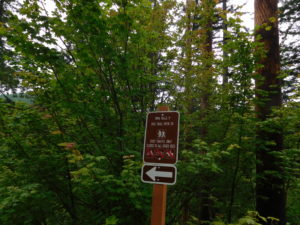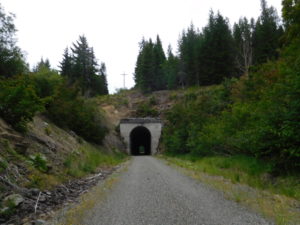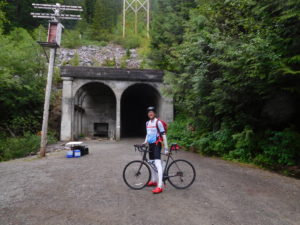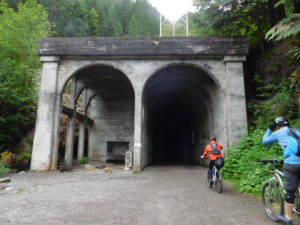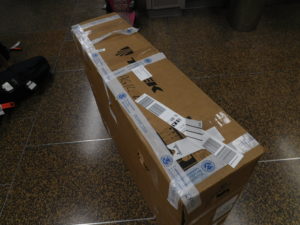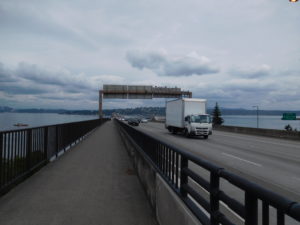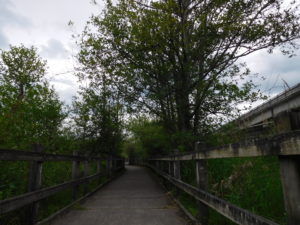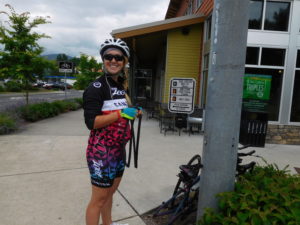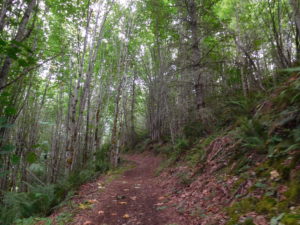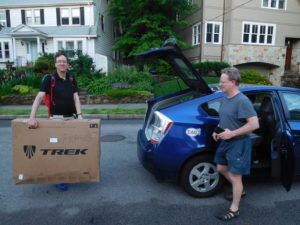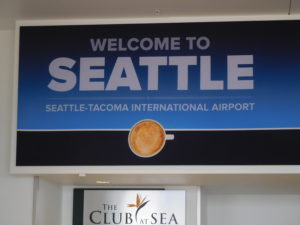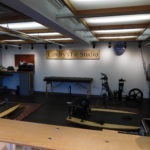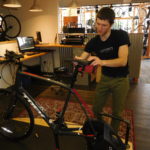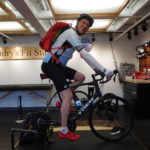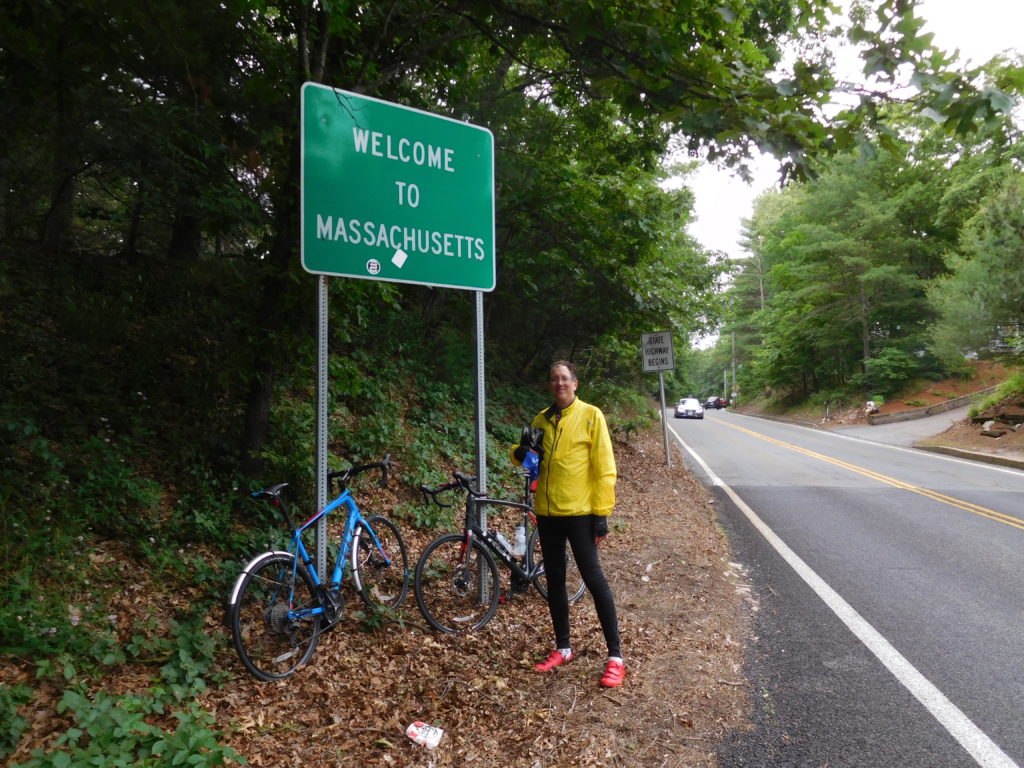Sometimes life and the weather change suddenly. First, the life change story and then the weather.
I have worked at Ohio State University as a researcher for the past 23 years. My sudden life change is that I am retiring from OSU at the end of August. I have enjoyed working at OSU very much. I was featured in the Spring 2018 Alumni magazine. They convinced me to write for TheConversation.com, where my total readership broke 2 million people a few months ago. They have promoted my research with over a dozen press releases. Unfortunately, my job was supported by government grants, which have been cut. After the trip is over it will be time to think about my next career, since playing golf daily holds little appeal.
The weather, especially in Montana, also changes quickly. Last night at dinner the forecast was for hot and dry conditions during this morning. Then with a 20 to 40 percent chance the forecast predicted that sometime from 3 PM till 5 PM a new cooler weather front would arrive. Where the two fronts collide, the forecast was predicting large hail, heavy rain and lightning.
This forecast concerned me for two reasons. First, pedaling a bike on the plains means that in a lightening storm I am the tall object on a metal bicycle. While it is normally gratifying to attract attention, lightning is not something to entice.
Second, on the last cross-country bicycling trip, I was hit by hail and heavy rain in Kansas. We made it to the edge of a city just as a storm hit. One minute I could see. The next moment everything beyond two feet away disappeared in the deluge. I don’t mind getting wet. But getting wet while being hit by sharp ice is quite painful. In Kansas we were able to get onto the porch of a kind person’s home, so we had some protection. I was unsure in Eastern Montana a similar kind of porch would be available again.
Since the forecast stated the chance of the storm was only 20 to 40 percent, I decided to try pedaling and not spend another night in Great Falls. As a precaution I would start pedaling very early in an attempt to finish before the storm. I also checked out all the places I could stop and seek shelter.
I was on the road at just after sunrise and did 25 miles before 9 AM. I stopped for a bathroom break at a rest stop. The bathroom had a loudspeaker system that was playing Montana’s weather. The forecast had not changed. By 11:30 I had done half the day’s mileage but was famished. I stopped in the small town of Geyser for a hamburger, which was quite good!
After Geyser my speed dropped. Part of it was a strong headwind. Part of it was pedaling on a full stomach. Part of it was that by noon I had already been on the bike for about five hours without a long break, except for wolfing down a hamburger and pulling over to swap water bottles.
I made it to Stanford, MT around 2 pm. One hour to go before the storm was supped to hit and I still had 45 miles left to pedal through rural areas. In Stanford the wind started to change direction and the sky began to darken. I stopped at the last gas station in town. They said it was 28 miles to the next gas station/shelter. I wasn’t sure what to do with the storm coming closer. I decided to hitch another ride. If the storm showed up before I got a ride, I could at least stand under the roof that protected the gas station’s pumps. If the storm hit while I was in a pickup truck, I was protected.
A very nice man named Dale, stopped and offered to give me a ride to the next gas station. Dale ran his own repair shop and did a lot of work on combines and tractors. He was going to fix the air conditioning unit on a combine just beyond the next gas station. We had a nice chat and I learned all about the economics of repairing farm equipment and contract harvesting. Dale’s ride was great because the storm was coming from the west and he drove me due east, which increased the distance between me and the storm.
He let me off at Eddie’s Corner, which was 17 miles from my destination of Lewistown, Montana. I looked at the sky. I looked at Eddie’s Corner, which offered less protection than I hoped. The storm seemed to have slowed a bit. The wind was now a gusting 20 mph tailwind. My conclusion was there was enough time to pedal to Lewistown safely.
Did you ever make up your mind and then have that sickening feeling that the choice was wrong? About 4 miles down the road from Eddie’s, the whole left side of the sky looked dark and angry. Then I heard thunder. It was far off, but it was clear this storm was going to happen. I started pedaling faster. To make the story short, I sprinted for 1 hour. Normally, with a loaded pack I pedal about 12 mph. The program that monitors my speed and distance showed I did the sprint to Lewistown at about 18 mph, with the help of a tailwind.
I made it to the “Welcome to Lewistown” sign just as the first rain drops fell. I made it to a nice hotel, called the Calvert, as the sky overhead became dark and angry. I don’t think hail hit Lewistown, so the forecast was off on that part. But the forecast was right that the storm would pass quickly. By the time I checked-in, took a shower and was ready to leave the hotel for dinner, the sky was clear again.
An afternoon of outrunning a storm was exciting, but also exhausting. My original plan for tomorrow was to do 130 miles. That plan is totally unrealistic. Caleb, who checked me into the hotel suggested a shorter ride of 55 miles instead. Caleb is a clearly a smart man. I will sleep in tomorrow morning and take it relatively easy.

